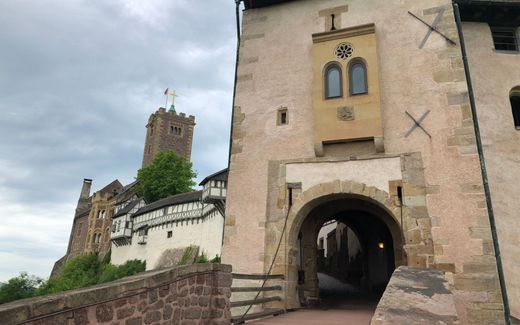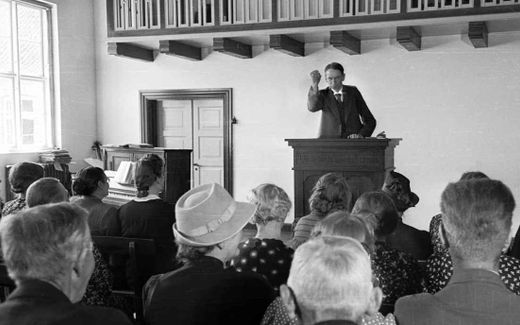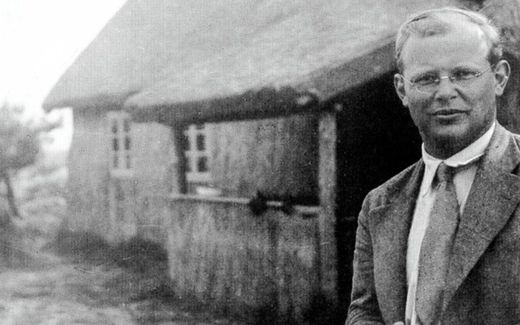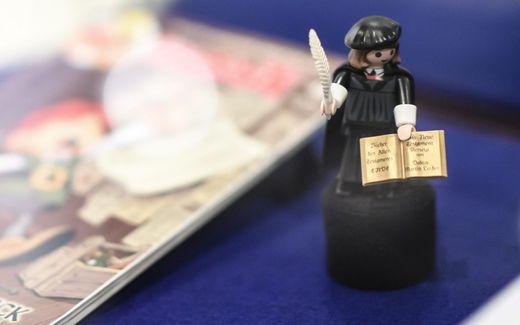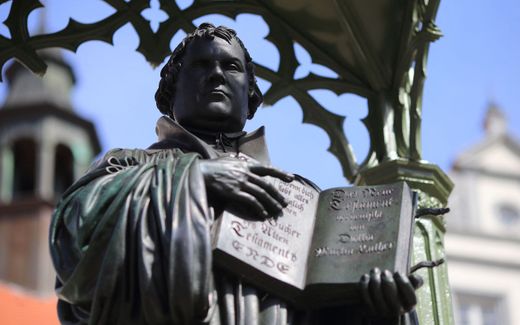Swiss remember reformer Johannes Comander
01-04-2023
Central Europe
Wim Hulsman, RD
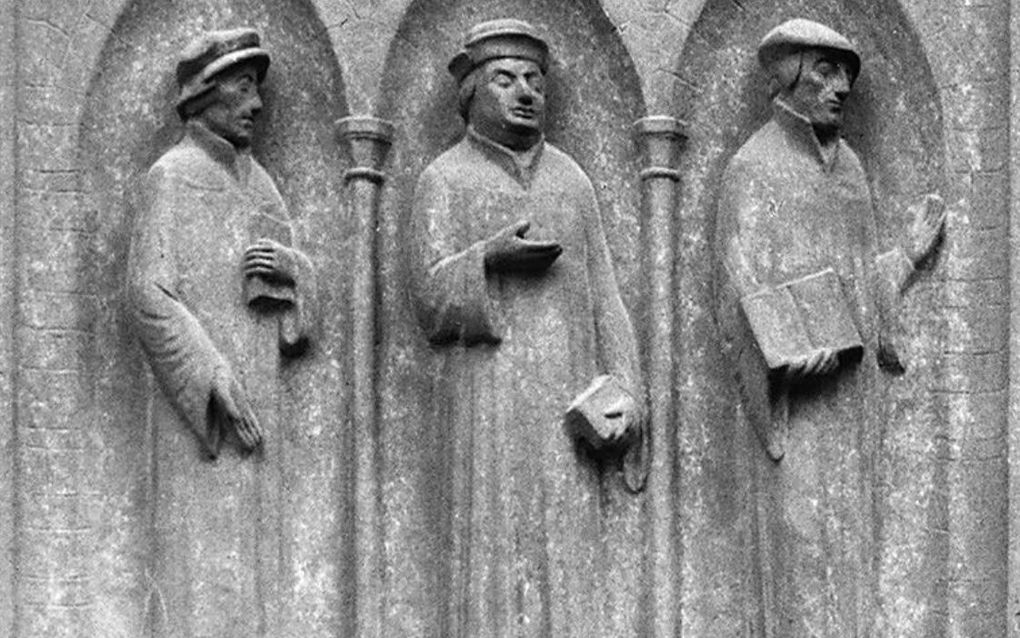
Johannes Comander (left) is placed next to other Reformers Berchtold Haller und Ambrosius Blaurer on the Zürcher Grossmünster church in Zürich. Photo Fotografie Baugeschichtliches Archiv der Stadt Zürich
Central Europe
This year, the Swiss town of Chur and the canton of Grisons are commemorating at length the 500th anniversary of the Reformation taking shape in the area. The city council of Chur asked Johannes Comander to become pastor there in 1523. The commemorative year officially started last Thursday.
Johannes Comander or Dorfmann (c. 1484-1557) is not the best-known reformer. Yet the Swiss like to place him alongside Martin Luther and Huldrich Zwingli. "Comander is to Graubünden what Martin Luther is to Germany or Zwingli to Zürich," the organisers argue.
Comander attended the Convent School in St Gallen in his youth and then studied at the University of Basel. There he came into contact with Zwingli's ideas. He became a priest in Escholzmatt, a town between Bern and Lucerne.
Correspondence
By 1523, the teachings of the Reformation had also penetrated the mountainous region of Graubünden, Switzerland's easternmost canton. The city council of Chur supported the Reformed doctrine and invited Comander to the city in 1523, which he did. Comander was in constant contact with Zwingli during this time. Some of the correspondence between the two has been preserved.
Comander was also one of the founders of the Declaration of Religious Freedom, signed by three Swiss cantons in 1526. That made it possible for everyone in Graubünden to freely choose between the two religions -Reformed or Roman Catholic- regardless of status or gender. "This also laid the foundations for the democratic system" in the area, say the organisers. "Thanks to Comander, important political, social and cultural movements were launched."
An important moment was also when Comander served the Lord's Supper for the first time in Chur in 1526. He agreed with Zwingli in his view of the sacrament: the sacrament as a memorial meal.
In 1526, Comander, like other reformers, published theses on the new doctrine. He defended them at religious talks held that year in Ilanz, Switzerland.
Catechism
Comander gained prestige in the canton. For example, he presided over a synod in 1537 and worked with the other well-known Swiss reformer Heinrich Bullinger on shaping the church structure on a reformational basis in Graubünden. Together with his colleague in Chur, Johannes Blasius, he also published a catechism, of which only a translation into Reto-Roman -an ancient Alpine language- has survived.
In 1545, Comander drafted the Churse Church Order. With another colleague, Philipp Gallicius, he wrote the Confessio Raetica in 1553, which later faded into the background with the publication of the Confessio Helvetica.
Dispute
In Chur, all this is reason enough to honour and remember Comander this year -five centuries after his arrival. Activities will begin at the end of April with a dispute, a discussion along the lines of the old religion talks. "Theologians, historians and the president of the Swiss Evangelisch-Reformierte Church will discuss topics such as freedom of faith, the coexistence of church and community, and church and state," the Protestant church in Chur promises.
What else? Actors will tell the story of Comander's life next summer. There are lectures, organ concerts and themed evenings, including in the Comander church named after the reformer (opened in 1957) in Chur. Children's activities will follow in the autumn. Later this year, the doors of the Antistitium, the historic rectory, will also open.
The Swiss are allocating a hefty sum for the commemoration: 850,000 Swiss francs, over 860,000 euros. The church in Chur is contributing 250,000 francs. The canton, the city and donors are paying the rest.
This article was translated by CNE.news and published by the Dutch daily Reformatorisch Dagblad on March 27, 2023
Related Articles


